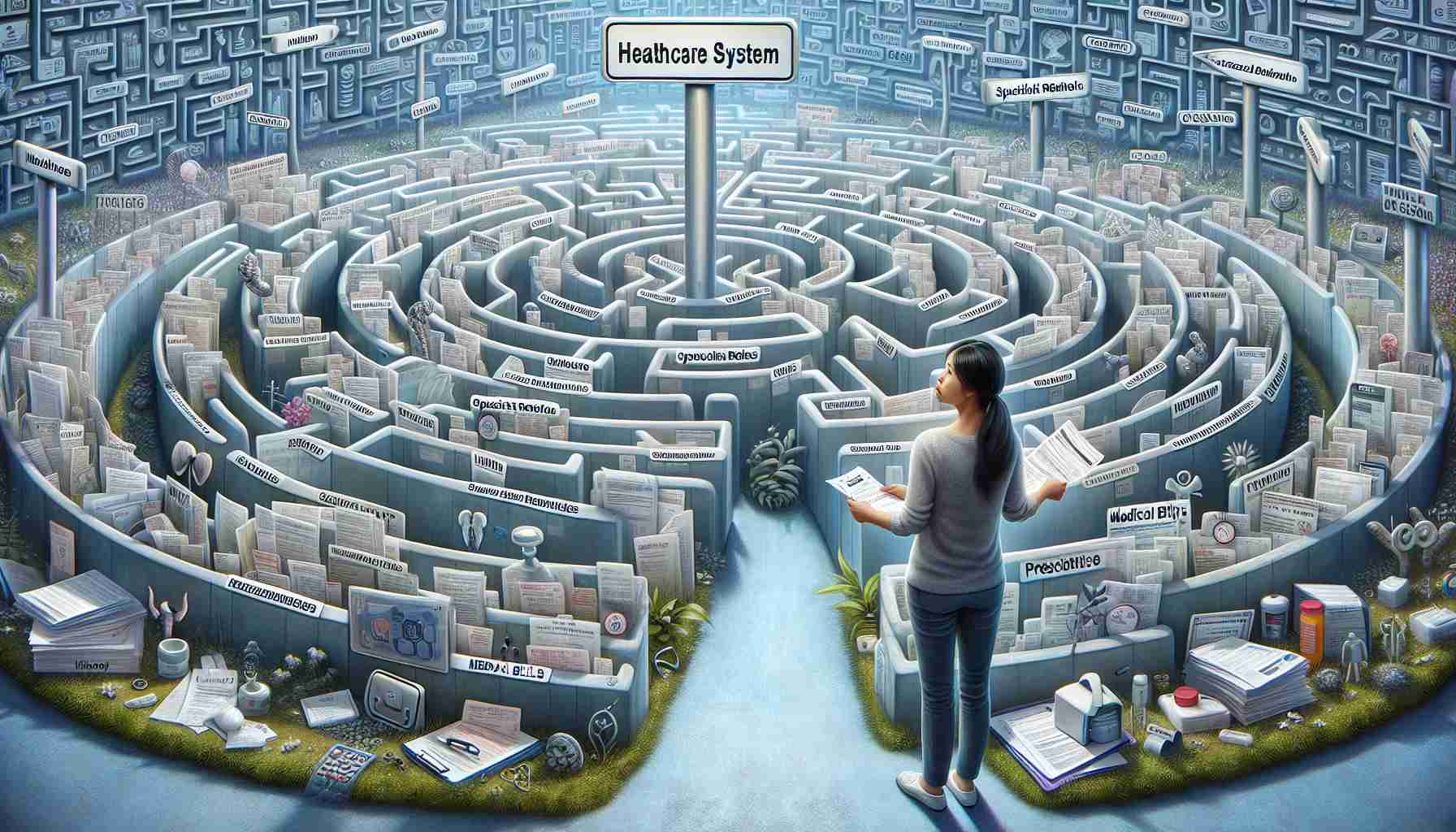Patients Struggle with Understanding Healthcare: Navigating the complexities of health care systems and insurance can be daunting for many individuals. A recent advocate emphasized the need for extensive education to maneuver through these intricate processes.
Advocacy for Patient Rights: In efforts to address the challenges faced by patients in accessing necessary health care services, a dedicated nurse and advocate is set to testify before a federal council in Washington D.C. The lack of transparency and clarity in insurance coverage denials often leaves patients baffled and helpless.
Barriers to Care: Denied insurance claims can result in significant delays in care and exacerbation of medical conditions. Despite the prevalence of such issues, many individuals lack the knowledge and resources to navigate the appeals process effectively.
Empowering Patients through Advocacy: Recognizing the need for patient advocacy, organizations like Guardian Nurses play a crucial role in providing support and guidance to individuals struggling with insurance denials. By offering expert assistance and clarifying medical information, these advocates aim to ensure that patients receive the care they deserve.
Call for Clarity: A key aspect highlighted by advocates is the importance of insurance companies communicating denials in simple, understandable language. Empowering patients with knowledge and resources is essential in promoting better access to healthcare services.
Enhancing Healthcare Navigation: Uncovering Essential Insights
In the realm of healthcare systems, a myriad of challenges awaits individuals seeking to access and understand the necessary resources for their well-being. While previous discussions have shed light on the complexities patients face, there are certain overlooked aspects that merit attention in the quest for a more informed healthcare journey.
Key Questions:
1. How do socio-economic factors impact an individual’s ability to navigate the healthcare system?
2. What are the common pitfalls that patients encounter when dealing with insurance companies?
3. What role do healthcare providers play in advocating for patients’ rights and improving transparency within the system?
Unveiling Hidden Challenges:
– Socio-economic disparities significantly influence an individual’s capacity to comprehend and utilize healthcare services effectively. Factors such as income levels, education, and access to information can either facilitate or impede one’s ability to navigate the system.
– The language barrier remains a substantial obstacle for non-English speakers, hindering their understanding of insurance coverage, medical procedures, and treatment options.
– Limited availability of healthcare resources in rural or underserved areas exacerbates the challenges faced by patients, leading to delayed care and inadequate access to essential services.
Advantages and Disadvantages:
– Advantages: Patient advocacy groups and healthcare professionals can offer invaluable support by guiding individuals through the intricacies of insurance claims, medical terminology, and treatment options. Increased transparency and clarity in communication from insurance companies can empower patients to make informed decisions about their healthcare.
– Disadvantages: Complex bureaucracy within healthcare systems, lack of standardization in insurance policies, and varying state regulations contribute to confusion and frustration for patients seeking care. Moreover, the potential for medical billing errors and disputes further complicates the navigation process.
Exploring Pathways to Better Healthcare:
– Collaborative efforts between healthcare providers, patient advocates, and policymakers are crucial in addressing the systemic issues that impede patients’ access to care.
– Emphasizing preventive healthcare measures and patient education can aid in reducing reliance on reactive treatments and lower overall healthcare costs.
– Implementing technology solutions, such as telemedicine and digital health platforms, can enhance access to care, particularly for underserved populations in remote areas.
For additional insights and resources on healthcare navigation, visit Healthcare.gov to explore essential information on insurance coverage, enrollment options, and rights as a patient.
